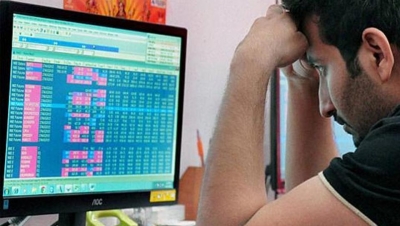HOW AN OPTICAL MOUSE WORKS?

An optical mouse is technologically much more advanced than a mechanical mouse. Unlike the latter, an optical mouse is completely electronic and therefore has no moving parts. It consists of an LED (that generates the signature red light), a light-detector chip, a switch mechanism and a few other simple components. Some mice have another LED that lights up a plastic strip installed at the back of the mouse as an indication of the mouse’s operation.
The LED installed at the bottom of the mouse emits a bright light in the downward direction. Since a mouse is usually used on plain surfaces, the light bounces back from the surface and enters a photocell that’s also mounted on the bottom, almost next to the LED. This photocell has a frontal lens that magnifies any light reaching it. As you move the mouse around, the pattern of the reflected beam changes; this is then used by the light-detector chip to figure out how and in which direction you’re moving the mouse.
Some optical mice have two LEDs. The first one shines light down onto the desk. The light from that is picked up by the photocell. The second LED lights up a red plastic strip along the back of the mouse so you can see it's working. Most optical mice also have a wheel at the front so you can scroll pages on-screen much faster. You can click the wheel too, so it functions like the third (center) button on a conventional ball mouse.
Optical mice are much lighter and faster than mechanical ones, and have therefore gained enormous popularity all over the world. With improvements in technology, newer and even more advanced mice – that address issues like ergonomics and the health of the user – are taking center stage. The choice of the right variant rests with the user, but one thing remains universally true – computers and mice shall always remain inseparable.
Picture Credit : Google













